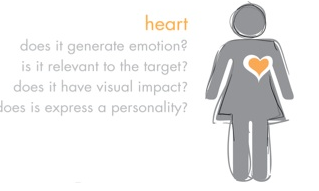Having done a number of real estate websites over the years (check out some of our work here), we’ve established quite a few best practices for the design and programming processes. Our collective experience and systematic approach guides our ability to deliver finished projects that make our developer and property management clients happy. The goal that drives us is always the same: to create an enjoyable, intuitive browsing experience for site visitors. We’ve found that when we follow this simple directive, the end result is a web presence that aligns and exceeds client and user expectations.
With that in mind, we’re pleased to reveal the newest addition to our real estate portfolio, Stellar Management.
It’s been an exciting project, full of interesting challenges and innovative solutions. The sheer size of Stellar’s holdings required organizing and filtering a massive amount of housing data (available apartments, unit specs, building amenities, price ranges, etc.) into an intelligible and easily accessible format, in addition to presenting the pertinent corporate information, open jobs, company news and other features found on most commercial sites.
But before we could start integrating data, we needed to research the various locations, create a design that would appeal to a diverse demographic and understand the front and backend technologies necessary. The project called for strategic creativity with digital expertise. Good thing we know a little something bout that. We couldn’t be happier about how it turned out.
So, how did we go from initial meetings with the client to a finished site? First off, going into any sort of project of this scope, it’s important that we established and stuck to a number of different goals. Driving our direction throughout the design and programming processes was the need to combine the client’s business objectives with the goals of the user. To do so, we had to first predict the different ways people would arrive at the site. Most would come from search engines, so we needed to determine the relevant keywords and phrases that appear commonly in apartment rental queries, and then make sure the site appeared high on the results page.
After that, we had to decide which landing pages to link to from the search results—for example a specific building page versus a broader list/map view. We imagined the site through the eyes of the viewer, figuring out what each visitor wanted to accomplish, then streamlined the steps from intention to fulfillment as much as possible. Pulling it off successfully meant understanding the potential audiences (e.g. individuals interested in renting, brokers, job seekers, etc.) and creating an experience in a recognizable, relatable format. It took time and a lot of work from a number of talented people, but we think we nailed it.
But enough patting ourselves on the back. It’s really up to the end user to determine how we did. Browse around the site and let us know what you think in the comments.



